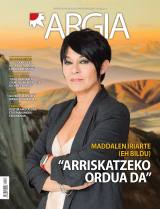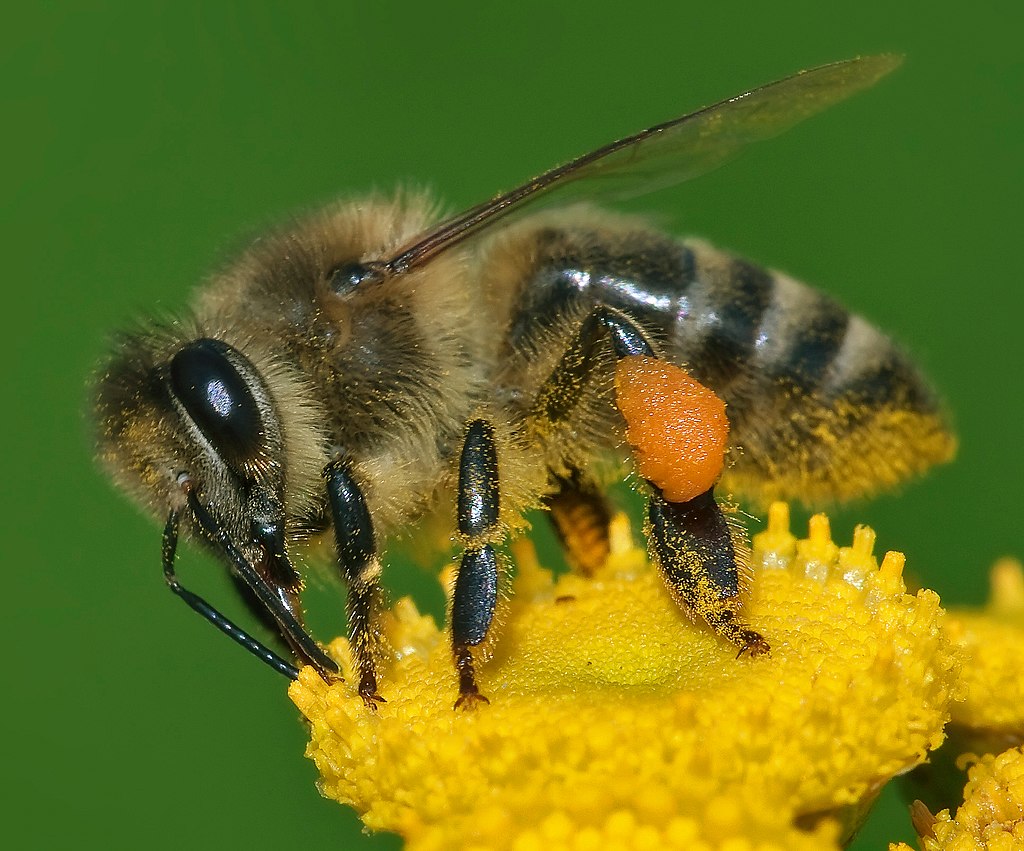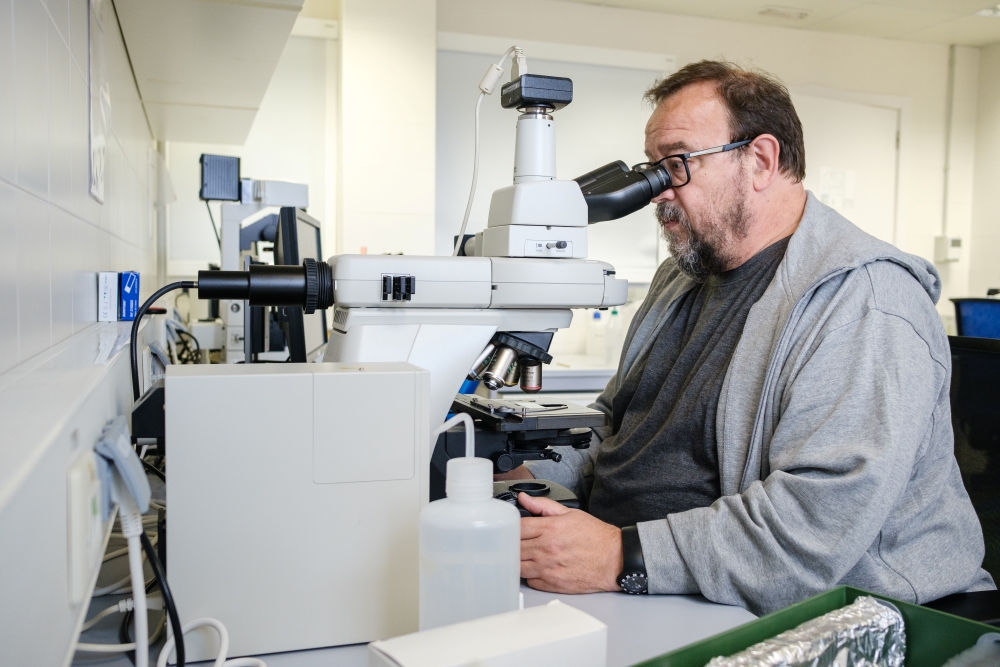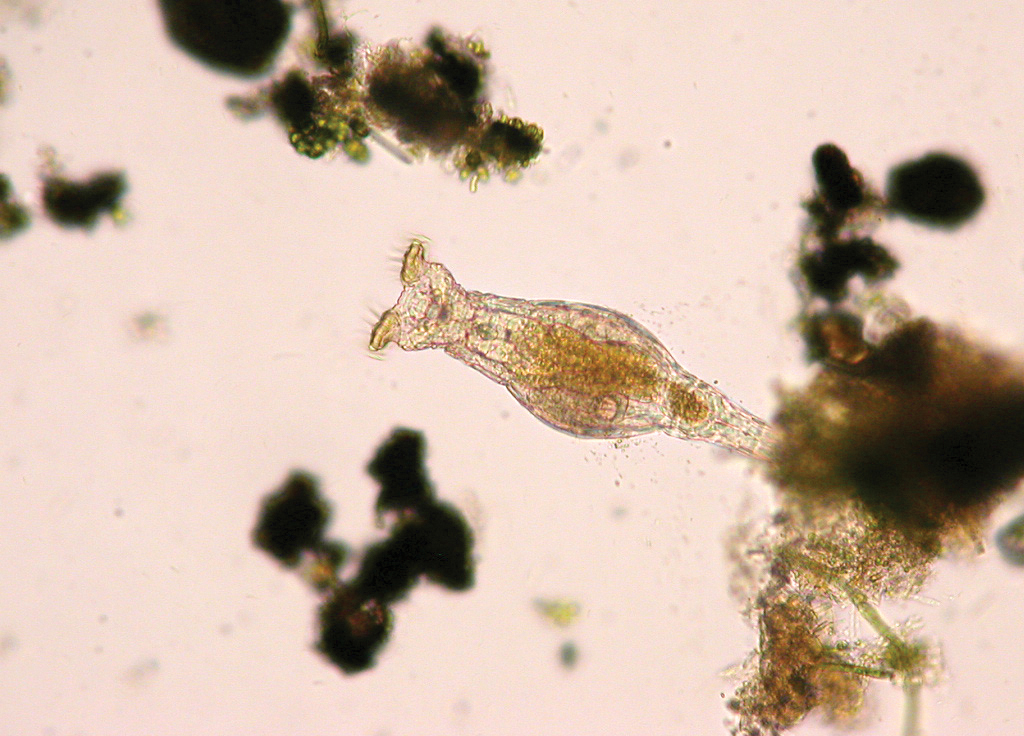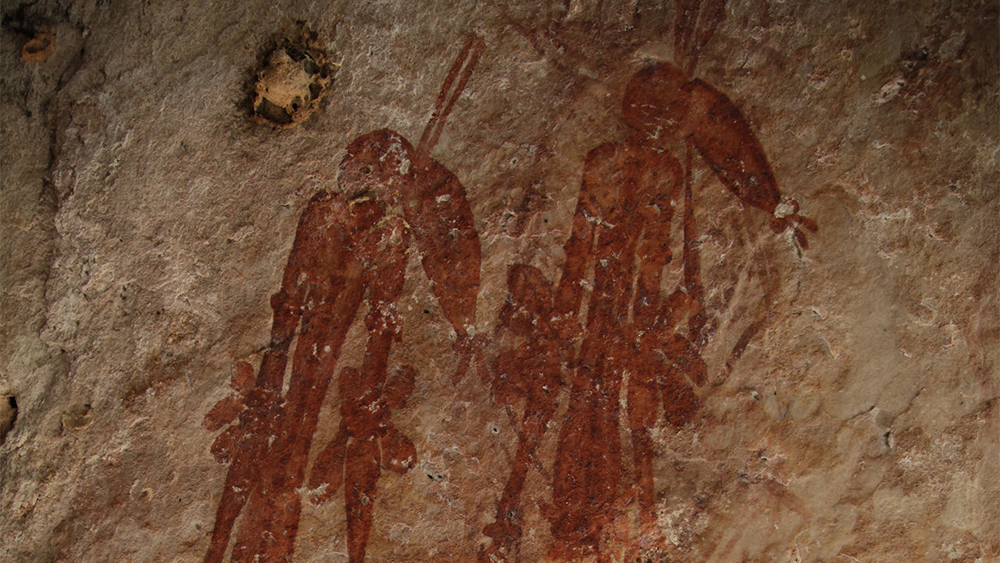"There's always been citizen science, but there's a big revolution in the mobile world and on the Internet."
- In the opinion of Aitana Oltra, not only scientists, but also ordinary citizens can measure the spread of foreign invasive species, doing what is known as citizen science. Moreover, Oltra believes that citizens can influence public policies and not public policies. She has been researching the characteristics and diffusion of tigers mosquitoes for years at the Center for Advanced Research in Blanes (CEAB) within the CSIC. The Mosquito Alert project aims to bring together science and participation.
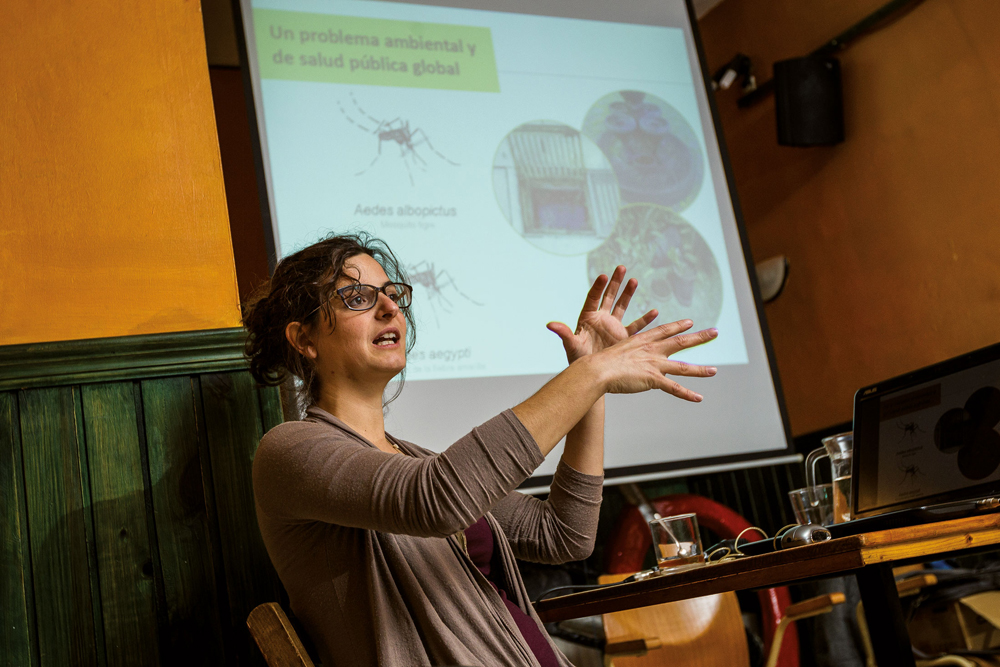
What is citizen science?
A science in which citizens are actively involved. Citizens can act as sensors or data collectors. As a sensor, it is a more passive intervention, for example, in the case of an application that has the sole purpose of measuring noise in the city, but in our case, you're looking for mosquitoes and you need previous knowledge, the ability to know the mosquito, and then you're going to look for it.
Smartphones are a tool that allows us to do citizen science today.
There's always been citizen science, but there's a big revolution because of mobile and the Internet. Camera, audio, location, accelerometer -- they're very useful. There are other citizen science projects with the philosophy “do it yourself.” You can set up a kit and set a weather station at home.
And you have adapted citizen science to the case of the tiger mosquito. What is the mosquito tiger?
Aedes albopictus is an invasive species arriving in Spain in 2004. Originally from East Asia, it has a great capacity for expansion into the new territories and has already taken the entire Mediterranean coast. Unlike mosquitoes here, you spend your day pricking, give a lot of painful bites, and you like urban areas. It violates quality of life and can be a vector for the spread of some diseases such as denge fever or chikungunya.
Can't these diseases spread if there's no mosquito?
No. The ones that spread through mosquitoes are arbobirus: if the mosquito is not, the disease will not spread. Both are necessary, disease and vector, so it's important to control mosquitoes.
Can we limit the spread of the mosquito?
Yes, by reducing the facilities for its dissemination. In areas of stagnant water, it can be cultivated in very small boats, which are abundant in gardens, parks and patios. Fortunately, if citizenship and administration know it, they can remove these kinds of spaces and wells.
And does the Mosquito Alert app allow you to send this data?
We look for two things: fire areas and adults, and in addition to the location you can send a photo. We treat the data that doesn't have a photo as a statistic, and the data that has a photo has more value. Credibility is one of the problems that citizen science has, not because people lie, but because data can be wrong. The reliability of this data will be provided through statistics, calculating the mean.
In addition to providing data on the spread of the mosquito, can citizens do nothing else?
Yes, to integrate citizen science into management. This project has been driven by research centres that are not competent in environmental management, but from the outset we have wanted to transfer this data to the administrations that can influence it. Municipalities, autonomous communities, companies working for administrations… Competences are distributed and not easy. We have achieved coordination with two or three major municipalities. In the City Hall of Barcelona, for example, the public health agency participates in the data verification group.
Pest data propagation, data dissemination... It can lead to mistrust on the part of the administrations.
Fear is understandable, in part we opened the Pandora's box with everything supposedly controlled, even though the data was already on public maps. We have tried to create a positive message, we are not to spoil the administration, but to fight together. Some municipalities initially denied the presence of the mosquito, especially in areas of great tourist influx, but denying what people see clearly harmed their image even further. On the website of the project, in addition to making the data available to the public, we also offer protection measures.
With the children you have successfully done the experience of citizen science with the mosquito. How?
We've tried to develop the scientific method as a work tool in school, helped by the application, but by asking questions to the students. For example: Are there many places in my country where tiger mosquitoes grow? They have had to develop a working method to answer the question and carry out a data collection. We have provided them with tools, application and knowledge to correctly perform data collection. If you learn how to do as a professional, in the future, it will be very useful for you to master that thought.
Here we have the Asian wasp and some invasive plants. Are there similar projects around them?
In the Basque Country it is EE.UU., promoted by a private company, which works mainly with pampa and other plants; around the Asian wasp is VespAPP in the Balearic Islands, but it can be adapted; the CREAF center has created Natusfera.. The list is endless.
“XX. mende hasieran, abere azoka batean behi baten pisua asmatzeko erronka bota zuen saltzaile batek. Behiaren pisua inork asmatu ez bazuen ere, antropologo bat konturatu zen egindako apustu guztien batez bestekoa asko hurbiltzen zela behiaren egiazko pisura. Hortik atera zen jendetzaren jakituriaren teoria, herritar zientzian maiz aplikatzen dena. Esaterako Moonzoo proiektuan, NASAk denen esku jarri zituen ilargiaren argazki batzuk eta herritarrei eskatu zien kraterrak identifikatzeko. Jende askok eginez gero, emaitza errealitatera hurbilduko da”.
Ionan Marigomez Allende (Erandio, 1961) biologoa da lanbidez eta bokazioz. Bera izan zen EHUren Plentziako Itsas Estazioaren sustatzaile nagusia, eta bera da bertako zuzendaria 2013an sortu zenetik. Bulegoan hartu gaitu, atzealdean Gorlizko badia ageri dela, eta hantxe jardun... [+]
1891n nekazari batek Gwion estiloko hainbat labar pintura aurkitu zituen Kimberlyn (Australia).









